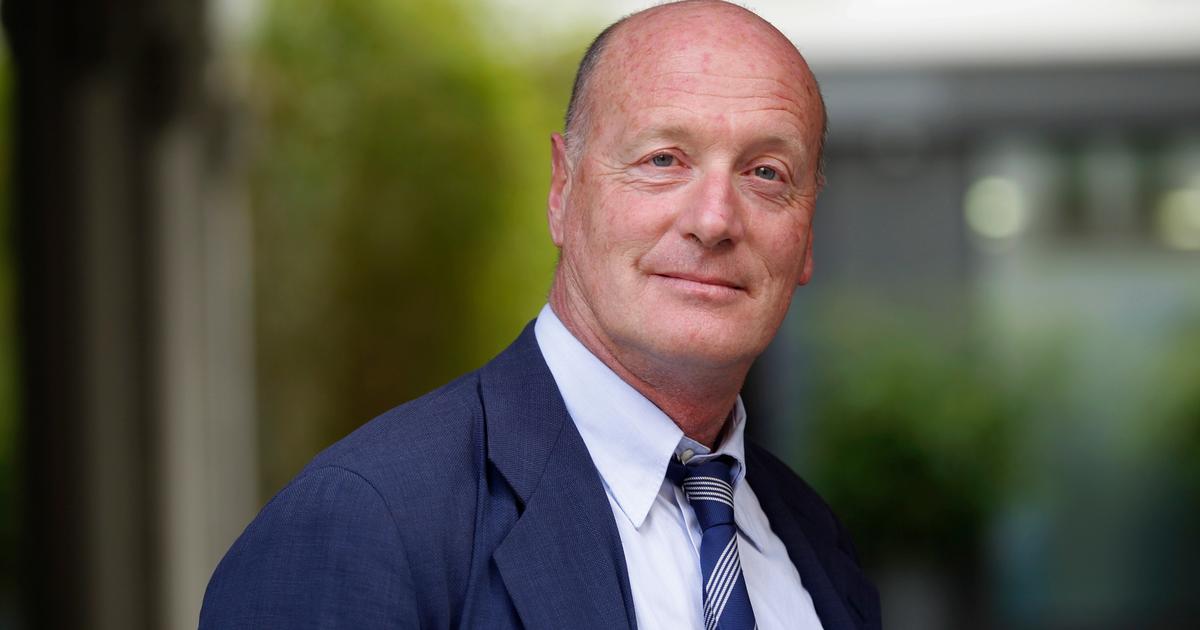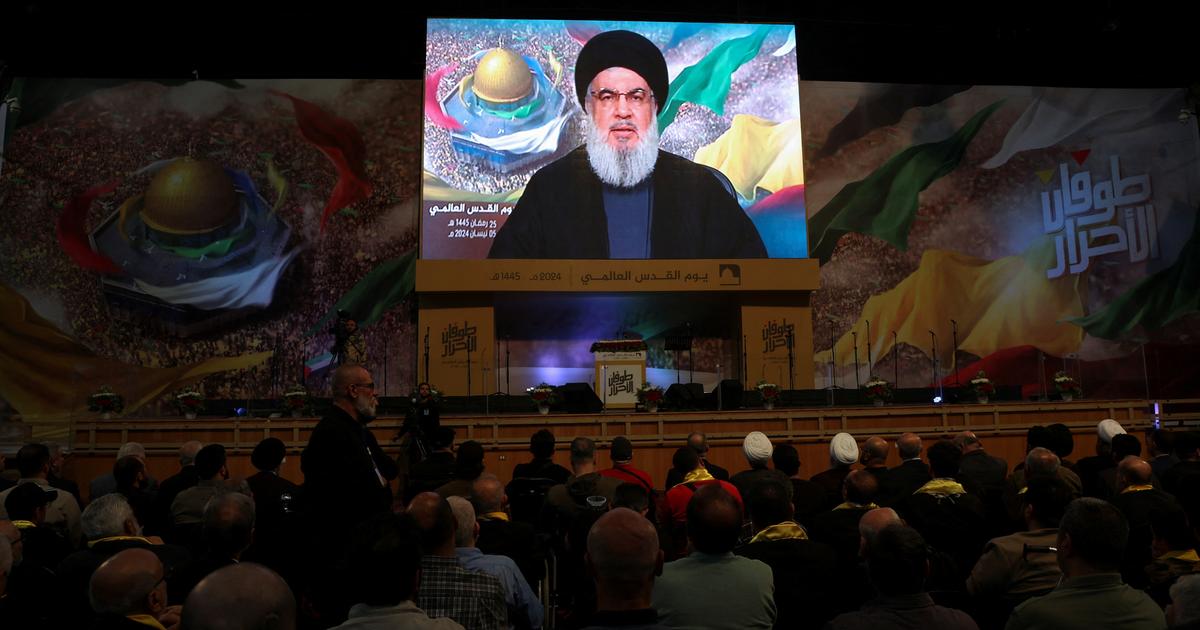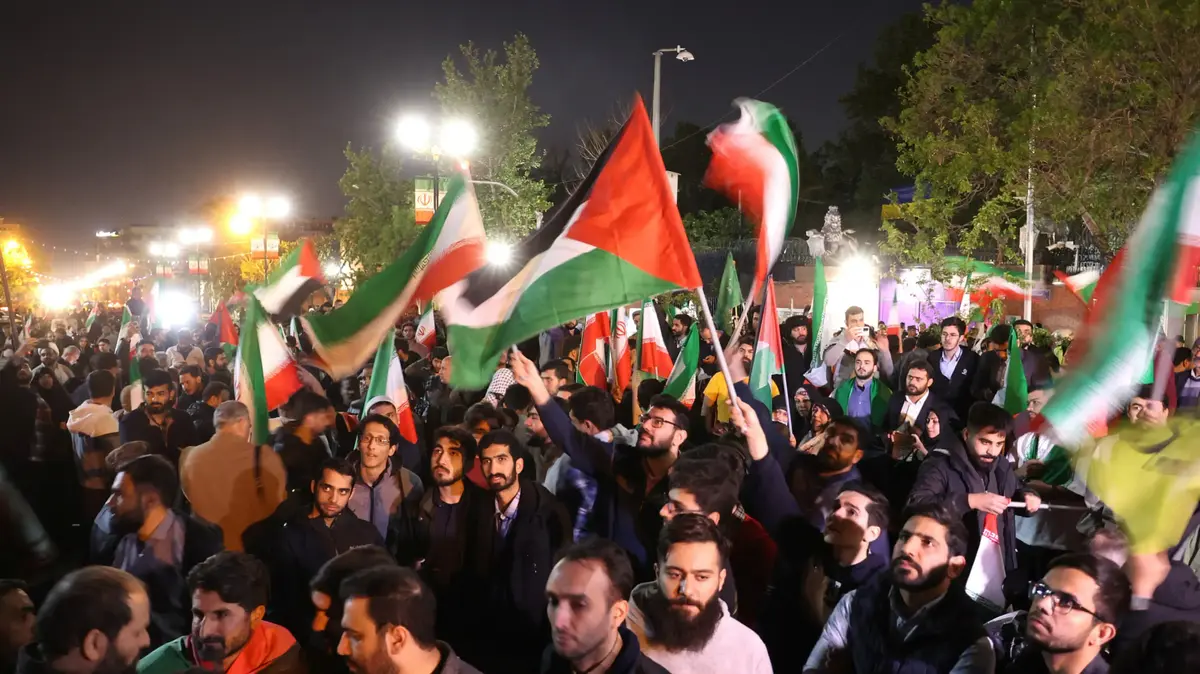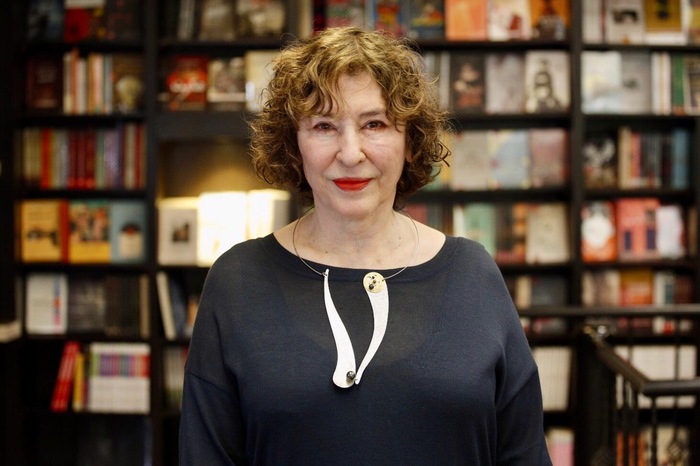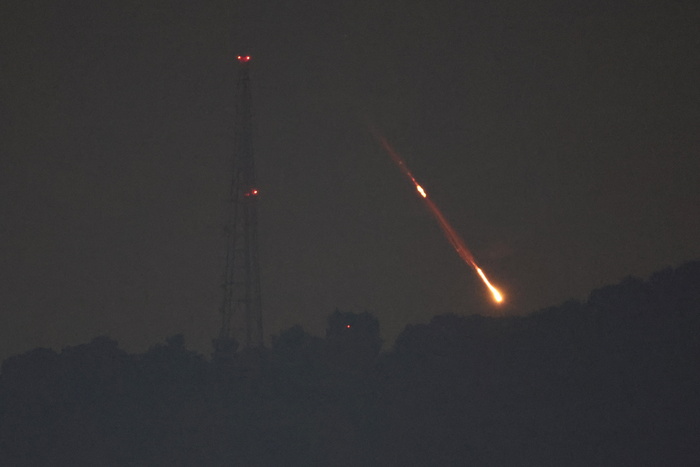The citizen protests in Iran, in which the participation of many women against the Ayatollahs' regime stands out, not only do not stop in the Persian country, but also expand beyond its borders.
The demonstrations that run through the cities of the 31 Iranian regions have been joined by marches in Turkey, Iraq, the US, Germany, Greece and France.
“I would like to be in my country.
Since I can't, I demonstrate here, in Paris”, says Mariam, a 45-year-old Iranian, who has lived in Europe since 2019. In the French capital there have been calls both on Saturday and this Sunday.
For its part, the Iranian Foreign Ministry has summoned the British, Norwegian and Swedish ambassadors to show its "dissatisfaction" with the attitude of those countries in the face of the protests, which started more than a week ago as a result of the death, the 16 of September,
According to the Fars agency, the British ambassador, Simon Shercliff, was summoned on Saturday to explain the "hostile nature" of Iranian media opposed to the regime and based in London, such as the Iran International television channel.
In the case of Norway, where the NGO Iran Human Rights has its headquarters (specifically in Oslo), they have been the words of support for the protests expressed by the president of the Norwegian Parliament, Masud Gharahkhani, of Iranian origin.
Some "harmful and implausible" statements, according to an Iranian foreign statement released by Fars, a news agency controlled by the Islamic Revolutionary Guards, and which they describe as "interference in Iran's affairs."
"The regime did not expect this move," says Farhsad, 40, from Tehran in an audio message.
He then launches a warning: "Do not reveal the platform we are using."
As the days go by, and given the continuity of the protests, the regime has intensified the repression, with special emphasis on the north, in the area of Iranian Kurdistan, where Mahsa Amini was originally from.
The official media already recognize 41 deaths of protesters -although Iran Human Rights raises them to more than fifty (54)-, as well as more than 700 detainees.
This Sunday, the reformist daily
Sharg
, the most important in Iran, has denounced the arrest of the journalist Nilufar Hamedi, the first to publish the death of Amini.
She is not the only informant held: Reporters Without Borders has denounced the arrest of at least a dozen journalists.
#نیلوفر_حامدی روزنامهنگار شرق بازداشت شد
نیلوفر حامدی ، روزنامهنگار اجتماعی #روزنامه_شرق صبح در منزلش بازداشت شده است.
محمدعلی کامفیروزی وکیل نیلوفر حامدی هم گفته که پیگیر وضعیت او خواهدبود.
شرق نیز پیگیر وضعیت روزنامهنگار بازداشتی خودخواهد بود.
pic.twitter.com/Zo65vVXi9W
— شرق (@SharghDaily) September 22, 2022
“There is fear.
But people are not going to stop.
We all know that regime change takes time.
And there has not been an opportunity like this, ”explains another activist from Shiraz on WhatsApp.
The protests in Iran start at sunset, around 6:30 p.m. (5:00 p.m. in mainland Spain).
"We go out at night because, although we cover up, it is more difficult for them to recognize people's faces," Farshad continues from Tehran: "There are cameras everywhere: in banks, security, in the streets...".
“The protesters cannot be recognized.
Not localized either,” she adds.
She says that to avoid surveillance, many of them have captured the geolocation on their mobiles;
others, directly, do not carry it with them when they go to protest;
and that they only use a Wi-Fi connection with a VPN (a virtual private network that makes the application of so-called surveillance capitalism more complex).
“We don't organize ourselves in any way, but we go to places where we know there are going to be other people.
If we organized ourselves through social networks, the authorities would be the first to know.
The control goes to more and more”.
The fear of such surveillance by the Iranian regime also crosses borders.
“In the Paris demonstration, some of us also covered our faces with sunglasses, masks or scarves,” Marion continues.
“The mujahideen, the fundamentalists or those related to the regime take photos of the protests in other countries and send them to the secret services, which can go to visit your family, if they are in Iran.
Information can also be saved and when we visit our country they put us in trouble or arrest us”, she continues before saying goodbye: “The concentration is at 4:00 p.m. in Trocadero and I don't want to be late”.
Follow all the international information on
and
, or in
our weekly newsletter
.
Subscribe to continue reading
read without limits
Keep reading
I'm already a subscriber

/cloudfront-eu-central-1.images.arcpublishing.com/prisa/MNIJA5ZQXNJJOGOBBABFVEWQZQ.jpg)
